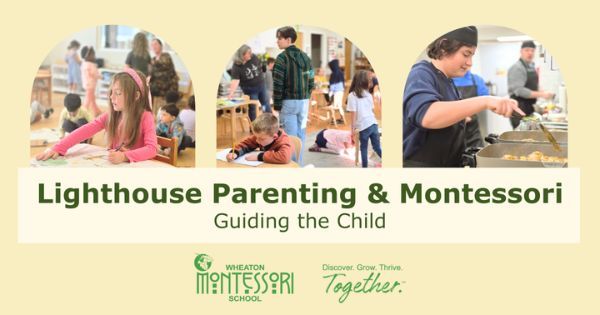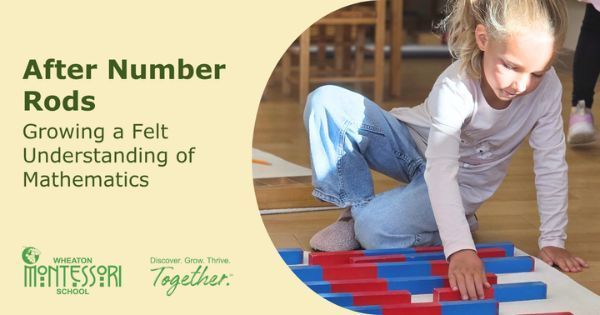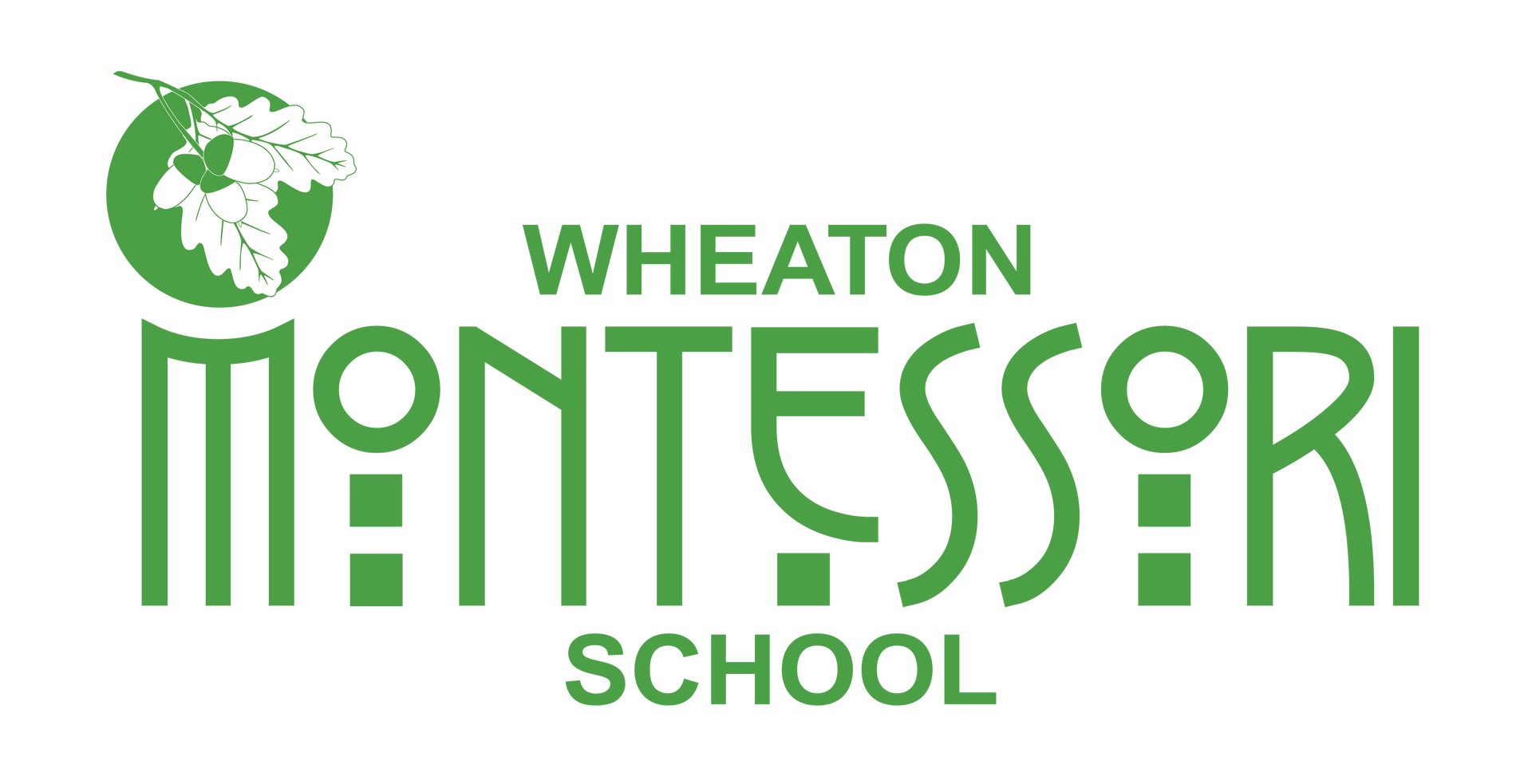
Starting preschool at 2 ½ years old can evoke a range of emotions for parents. Introducing children to a structured environment at an early age can facilitate their transition to formal schooling and lay the foundation for lifelong learning. Young children are naturally eager to learn, and preschool provides valuable opportunities for social interaction, creativity, and cognitive development. It helps children develop essential social skills, such as sharing and cooperation, while also nurturing their curiosity through hands-on learning activities. Parents are giving their children a gift of early education at Wheaton Montessori School. Additionally, parents have the chance to connect with other families and educators, finding support that makes the parenting journey more enjoyable.
Turning Anxiety into Benefits
- Acknowledge the Anxiety—It's Rooted in Love Your nerves reflect your care. Acknowledge that your anxiety stems from wanting your child to feel safe and supported. Be intentional in choosing the right environment and advocating for their needs. The ideal way to access an early childhood program is to visit and see the emotional environment that your child will be surrounded by. We welcome current families to contact the school to arrange a meeting with their teacher for any questions they may have.
- Use Anxiety to Tune Into Their Needs Worries like “Will they make friends?” or “Will they feel scared without me?” can be flipped into action steps. Maybe it inspires you to role-play social scenarios, talk about emotions, or read books about friendships and feelings together. Your child will feel more emotionally prepared—and connected to you—even when you're apart.
- Build a Bridge with the Teachers Your anxiety may lead you to ask more questions and communicate frequently with the Wheaton Montessori School staff. We intend to provide you with peace of mind through updates and photos in those first weeks of your child’s transition.
- Lean Into Growth—for Both of You Starting preschool is a milestone for both your child and you. It can offer you a chance to reclaim some personal time and grow alongside your child, modeling resilience, adaptability, and independence.
- Connect with Other Parents Anxiety can drive people to seek reassurance, leading them to parenting forums, chats with other parents, or counseling. This helps build a support system, normalize feelings, and gain insights from others in similar situations.
- Practice Coping Strategies Together Deep breathing, calming affirmations, or routines like “hug, kiss, high five, goodbye!” can soothe both of you while teaching emotional regulation and healthy coping skills.
This transitional period can strengthen the bond between parents and children. Modeling these resilience and bravery by facing challenges positively. By addressing your child's concerns with patience, you foster a sense of security that benefits your child throughout their educational journey and beyond.
Prospective families with toddlers and children under 4 are encouraged to sign up for a school tour to explore the advantages of our Primary Program, which lays the essential foundation for our Elementary and Adolescent Community Programs*. Prospective families who are enrolled in the 2025-2026 School Year are welcome to sign up for Wheaton Montessori School summer camps.
Open enrollment for summer and fall 2025 will be through May 20th and is based on availability for eligible early childhood students. There are extremely limited spots available for new children aged 4 and under for the upcoming summer and fall of 2025.
* Individual school tours for kindergarten through 9th grade are not available, and the waitlist remains closed for the 2025-2026 School Year. The only exception is considered for students transferring from AMI-accredited Montessori schools that have maintained continuous attendance.


